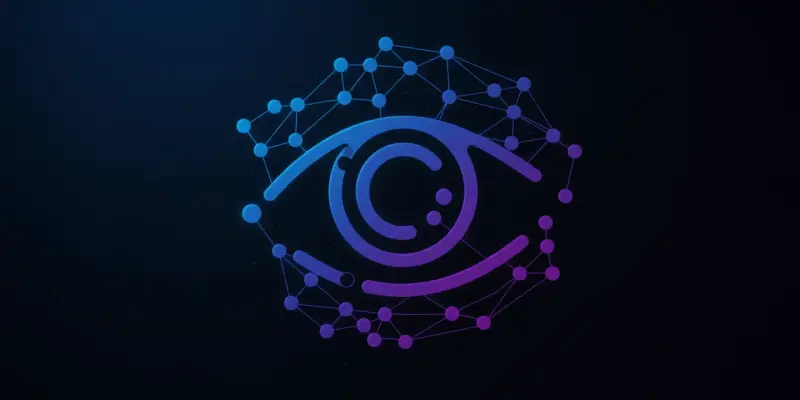As artificial intelligence continues to be a cornerstone of technological progress, the introduction of fresh models like DeepSeek-R1-0528 marks a significant stride forward. Produced by the Chinese startup DeepSeek, this model is designed to rival proprietary counterparts such as OpenAI’s o3 and Google’s Gemini 2.5 Pro. Based on open-source principles, DeepSeek-R1-0528 aims to make AI capabilities more accessible to developers and organizations, encouraging a community-driven approach to innovation and collaboration.
Cutting-Edge Reasoning and Computational Potential
Advancements in Multifaceted Computing
DeepSeek-R1-0528 showcases remarkable advancements in multifaceted reasoning, excelling in complex domains like mathematics, science, business, and coding. The transformation from the previous version is highlighted by the model’s performance in benchmarks such as the AIME 2025 test, where it improved from 70% to 87.5% accuracy. These enhancements are achieved through refined post-training algorithms and increased computational resources, ensuring higher accuracy and response rates.
Additionally, the model has demonstrated substantial growth in coding proficiency on the LiveCodeBench dataset, with accuracy jumping from 63.5% to 73.3%. This improvement underscores the model’s enhanced adaptability and precision in tackling high-level programming tasks. Its performance on diverse computational challenges further illustrates its capability to handle sophisticated scenarios, presenting a robust tool for developers across industries.
Streamlined User Interactions and Output
To complement its cognitive capabilities, DeepSeek-R1-0528 integrates features such as JSON output and function calling support. These additions facilitate smoother integration for developers embedding the model into their applications. Enhancements also focus on reducing hallucination rates, which heightens the model’s trustworthiness and consistency in delivering outputs. Another notable enhancement is the introduction of system prompts, a vital update that optimizes the deployment process by simplifying the activation of the “thinking” mode. This improvement augments the developer experience, allowing for more efficient interaction with the AI model. The focus on user-centric advancements ensures that DeepSeek-R1-0528 not only delivers qualitative performance but also enhances the ease and efficiency of user engagement.
Accessibility and Scalability for Wider Adoption
A Distilled Model for Broader Reach
Understanding the need for accessibility, DeepSeek has released a distilled variant of the R1-0528 model, known as R1-0528-Qwen3-8B. This version targets users with limited computational resources while retaining exemplary performance standards. This model remains particularly effective in academic and industrial settings, providing powerful AI tools without the necessity for high-end hardware. By manipulating parameter volumes, DeepSeek enables a broader audience to access advanced AI functionalities, ensuring quality remains intact. Such strategic diminution in computational demands is poised to attract enterprise decision-makers and researchers needing efficient tools within modest hardware frameworks—a decisive factor in extending AI’s reach into various fields without prohibitive costs.
Community Response and Industry Impact
Within the AI community, the release of R1-0528 has been met with enthusiasm, particularly due to its open-source nature and potential to compete with established incumbents. Developers and tech commentators laud its prowess in automating complex coding tasks with precision matching that of traditionally high-cost proprietary models. This consensus reflects a growing support for decentralized innovation, emphasizing transparency and collaboration over conventional, heavily-regulated models.
Anticipation builds as discussions surround the potential for a subsequent R2 model, reinforcing DeepSeek’s strategic focus on open-source evolution. Such developments stand as a testament to the startup’s commitment to leveraging community input and fostering an accessible environment for technological advancement. This aligns with a broader industry trend challenging the often rigid frameworks that dominate the AI landscape.
A Sustainable AI Vision for the Future
Embracing the Democratization of AI
DeepSeek-R1-0528 signifies more than technological enhancement; it embodies a vision of accessibility and inclusivity that could transform competitive AI landscapes. By democratizing AI technology through open-source availability, DeepSeek aims to break down traditional barriers, making advanced AI tools available to a wider array of users. This commitment to customization and community engagement signals a paradigm shift toward more egalitarian tech ecosystems. The model’s ability to deliver on par with proprietary leaders, coupled with its flexibility and affordability, opens up new avenues for developers seeking sophisticated AI solutions. Through ongoing enhancements and community collaboration, DeepSeek aims not merely to maintain technical competitiveness but also to align its offerings with the real-world needs of a diverse user base.
Bridging Technological Ambition and Practical Application
As artificial intelligence remains a pivotal element in technological advancement, the emergence of new models like DeepSeek-R1-0528 signifies a notable leap forward. Developed by the Chinese startup DeepSeek, this model is crafted to compete with private versions like OpenAI’s o3 and Google’s Gemini 2.5 Pro. DeepSeek-R1-0528 is grounded in open-source principles, aiming to democratize AI capabilities for developers and organizations alike. By following an open-source trajectory, DeepSeek-R1-0528 promotes a community-driven approach to both innovation and collaboration within the AI sphere. Such an approach strives to increase accessibility and foster a collaborative spirit across the tech community. This model facilitates developers in creating more customized AI applications without the constraints often posed by proprietary models. This move by DeepSeek is expected to not only accelerate technological progress but also potentially lead to more breakthroughs due to a wider input from diverse contributors and users around the globe.

